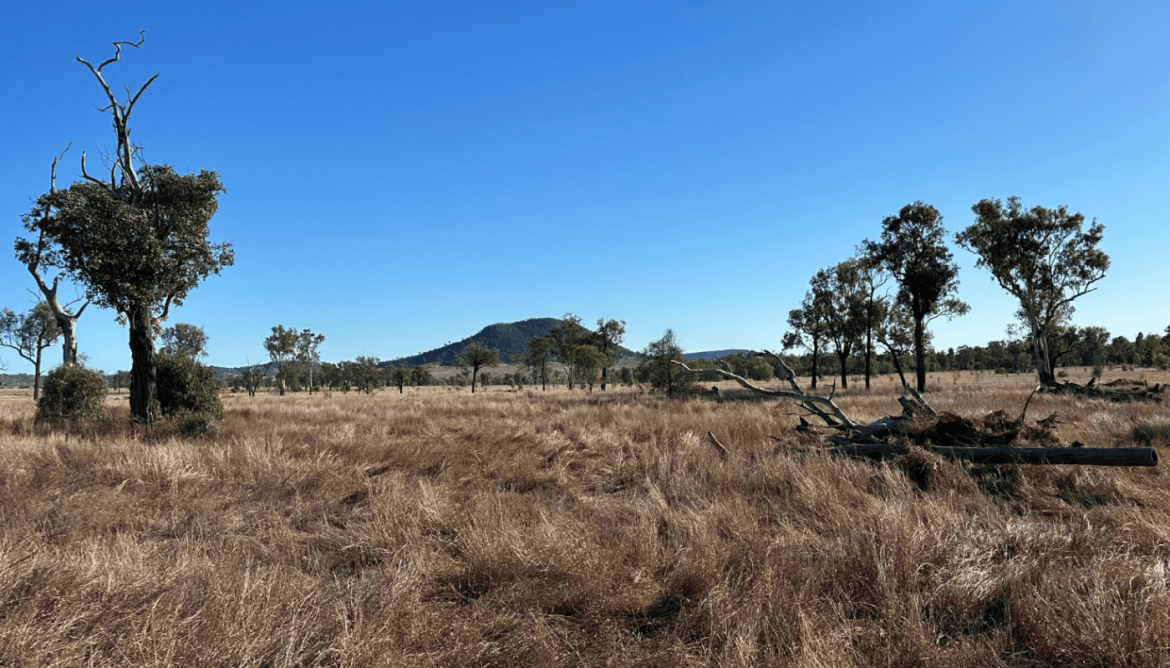A new analysis has found that Intensifying extreme heat and drought due to the climate crisis will make Australia’s soil a net emitter of carbon dioxide, impeding the country from reaching its climate goals.
Soil carbon sequestration has been identified as a way to help Australia meet its greenhouse gas emission reduction targets of 43% by 2030 and net zero by 2050.
However, a study that was published in the Nature Portfolio Journal has estimated that median annual emissions from Australian soils will range from about 30 to 100 megatons of C02 over the next 80 years. The modelling is based on the prevailing “middle-of-the-road” global emissions reduction scenario.
Government incentives for landowners to sequester and store carbon in their soil has driven burgeoning interest in soil carbon projects but Australia’s leading soil scientists have called for flaws in the scheme to be urgently addressed.
As of 3 March, there are 530 soil carbon projects registered under the Clean Energy Regulator. Seven of those have so far been issued a combined 254,913 Australian carbon credit units worth more than $8m. Ten projects have been voluntarily revoked.
Among other things, the report found net median soil carbon emissions during 2020-45 would be equivalent to 14% of the country’s total 2022 emissions, or 82% of agriculture emissions.
The report’s lead author, Prof Raphael Viscarra Rossel, said the “concerning” findings showed the substantial threat soil carbon losses posed to Australia’s emissions reduction targets.
“If Australia wants to achieve its emissions reductions targets … that’s a significant amount of emissions that we’re not accounting for,” he was quoted as saying.
Read also: Four dead, 62 injured after 7.4-magnitude earthquake strikes Taiwan
Soil carbon stocks fluctuate naturally with rainfall patterns but are also affected by land management practices. Drier and hotter conditions are associated with more soil carbon escaping into the atmosphere and lower rates of sequestration.
Based on today’s land management practices, the report predicted agricultural areas would accrue as much as 0.19 tonnes of CO2 a hectare each year between 2020 and 2045. But by 2070-2100, the modelling found these gains would slow significantly because of rising average temperatures, and would not be enough to counteract “huge” soil carbon losses in Australia’s vast interior – known as rangelands – which are more sensitive to a warming climate.
Viscarra Rossel also said that the projected release of soil carbon into the atmosphere would contribute to climate feedback loops by causing additional global heating, which would exacerbate soil carbon losses.
“If we don’t do anything about soil [carbon losses] things are going to get warmer, and then we’ll lose even more carbon,” he said. “It’s dire. We need to do whatever we can … to try and minimise that [carbon] loss from soil.”
Story was adapted from the Guardian.
